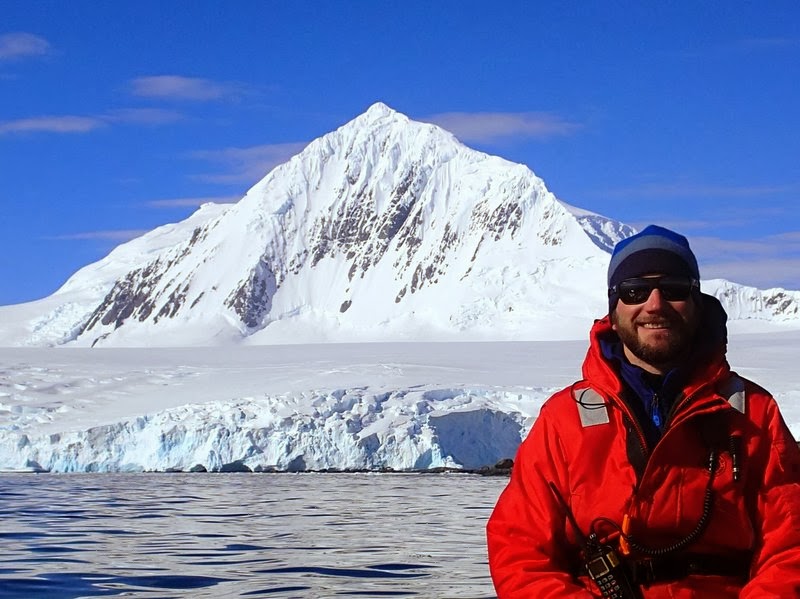Projects
Current Projects - Impacts of Local Oceanographic Processes on Adelie Penguin Foraging Ecology Over Palmer Deep
CONVERGE: the main project website, with the blog and classroom program.
Summary
| This project, also known as CONVERGE, will be building upon the previous findings of our collaborators, that Adélie penguin foraging location is predicted by tidal regime switching in Antarctica. To do this, we will be simultaneously measuring surface currents (using HFR), phytoplankton thoughout the water column (gliders), and krill aggregations (echosounder), while tracking penguin locations in the vicinity of Palmer Deep, off Anvers Island, Western Antarctica Peninsula. The focus will be on adaptively sampling the biological parameters based on maps of surface currents that will be generated in real-time. There is also extensive educational and public outreach planned. |  Penguins on Torgeson Island getting ready to take a dip. (from Green Radar Blog) |
|
|
Our group's contribution to CONVERGE is to set-up the array of high-frequency radar (HFR) antennas. Hank Statscewich went to Palmer Station in Antarctica during January, 2014, to set up the first array. He and Dr. Peter Winsor returned in 2015 with materials to build two Remote Power Modules (RPMs) so that additional antennas could be installed on the isolated Joubin and Wauwermans island chains; power is not available in these locations so will have to be generated using wind and solar, as we do along the shores of the Chukchi Sea. |  Hank Statscewich with some ice (from Green Radar Blog) |
|
FJORDECO: a related program - Fjord Ecosystem Structure and Function on the West Antarctic Peninsula.
News and Articles
- First High Frequency Radars installed in Antarctica
- Converging factors: New project to use radar array to determine how ocean currents affect food web
- Antarctica, The Last Frontier Now Conquered: SeaSondes Deployed on Every Continent
- Adélie Penguin Foraging Location Predicted by Tidal Regime Switching
Links
- The 2014-2015 field season is underway. Follow it on Social window: ocean physics/penguin research in Antarctica on Facebook.
- A YouTube slideshow of the 2014 RPM installation
- Hank Statscewich's Antarctic Fieldwork Blog: Green Radar
- Dr. Matthew Oliver, University of Delaware: Antarctic Food Webs
- Dr. Kim Bernard
- Ross Sea Connections - a model for our educational activities
- NSF award description
- A related NSF Award
